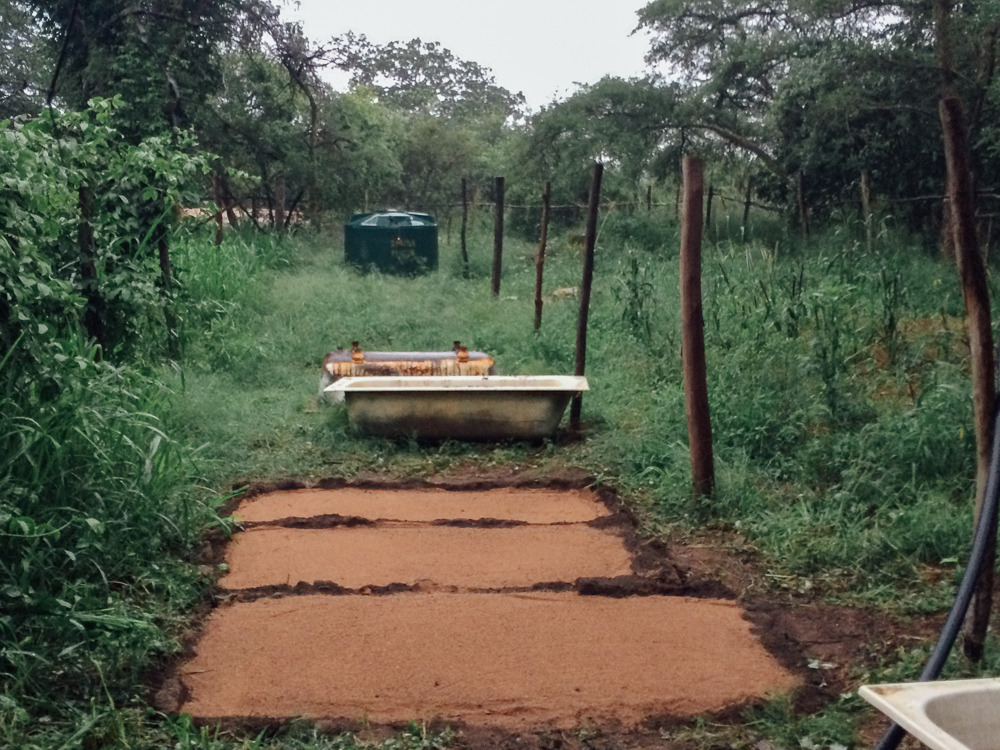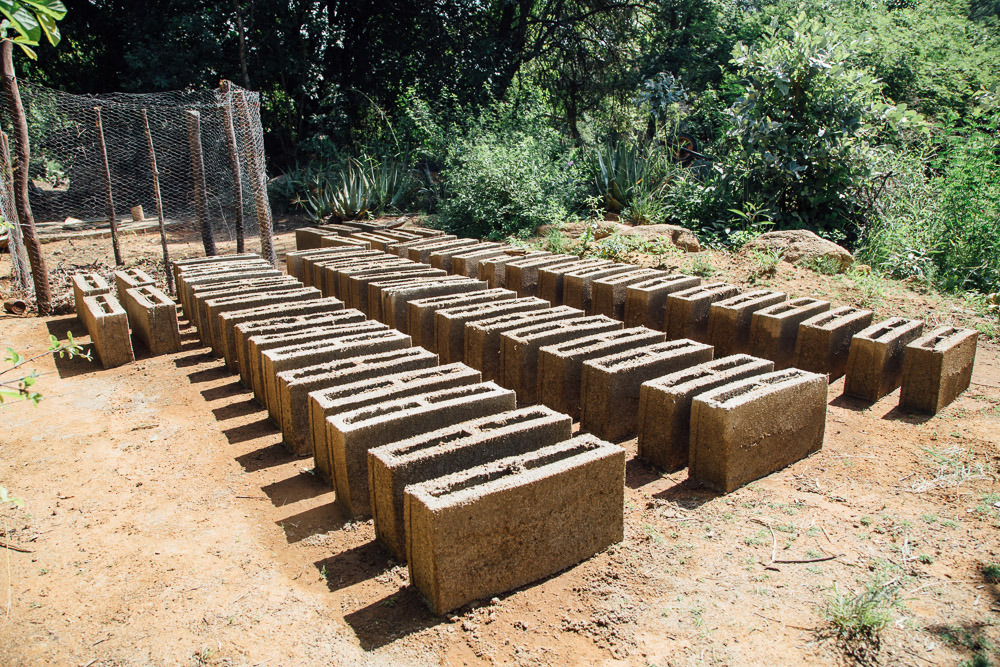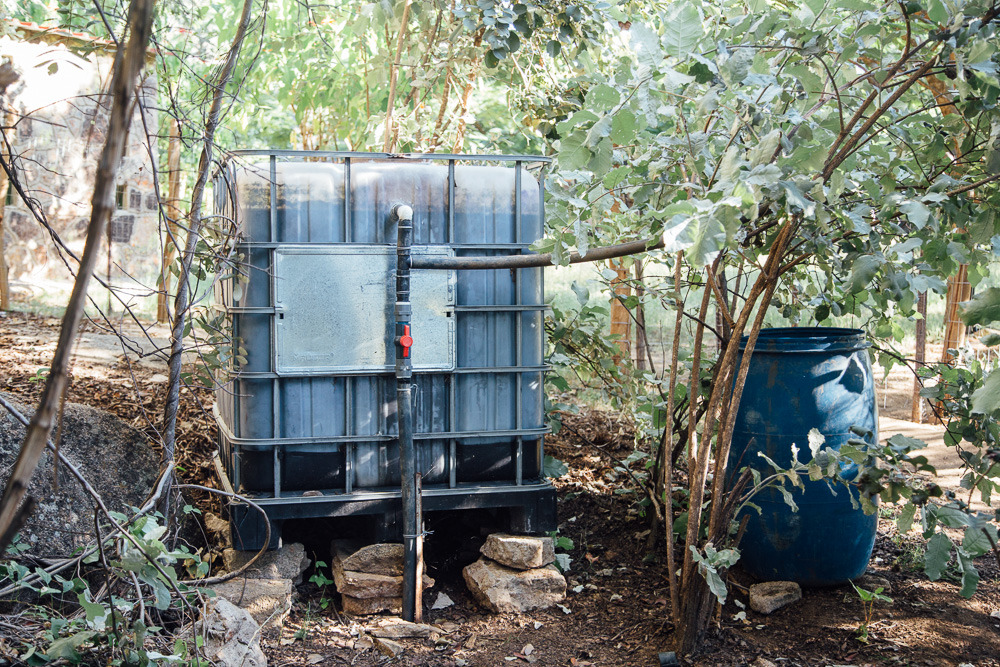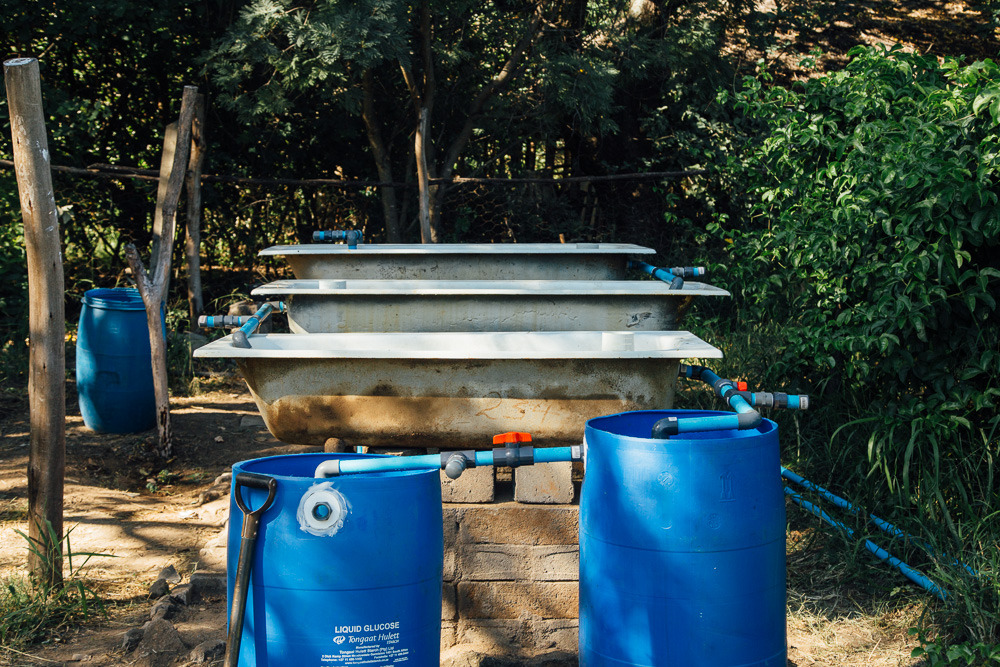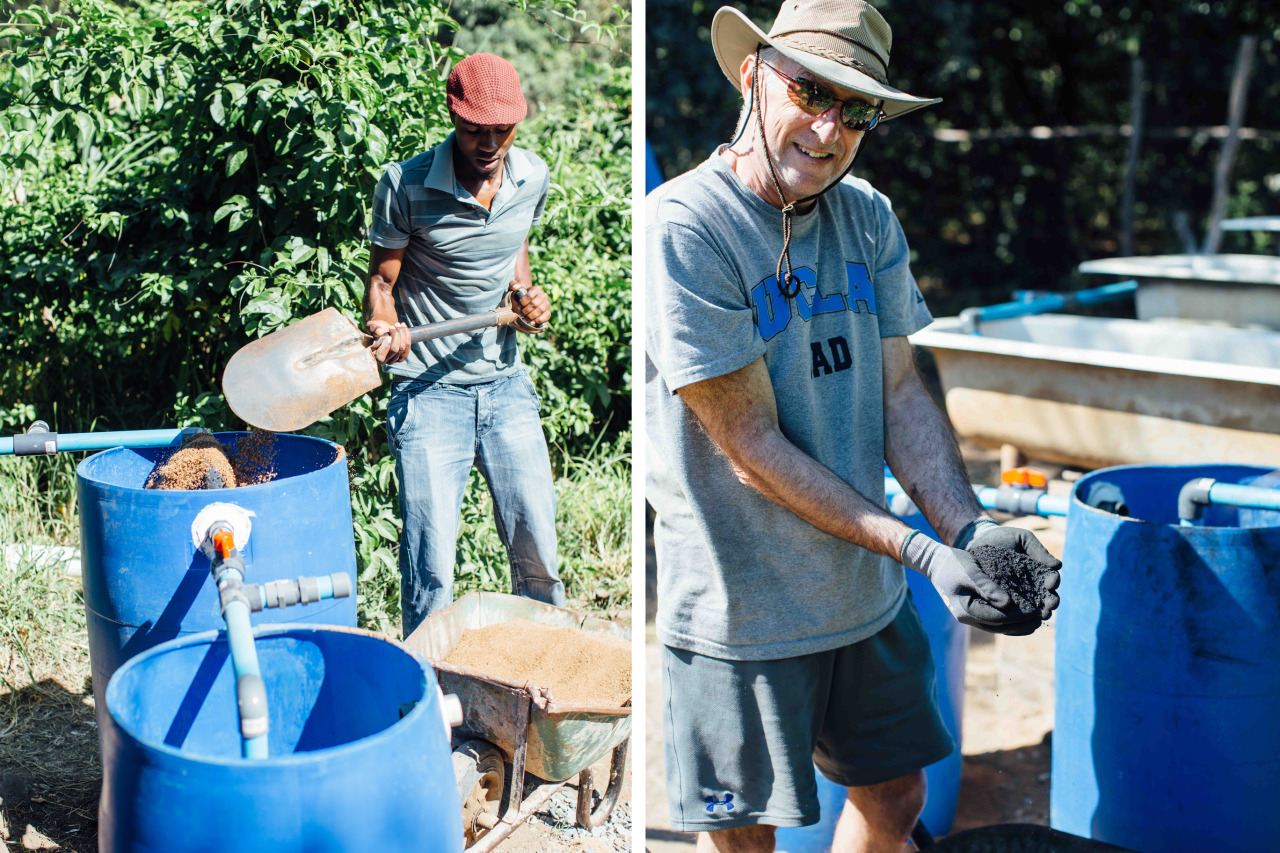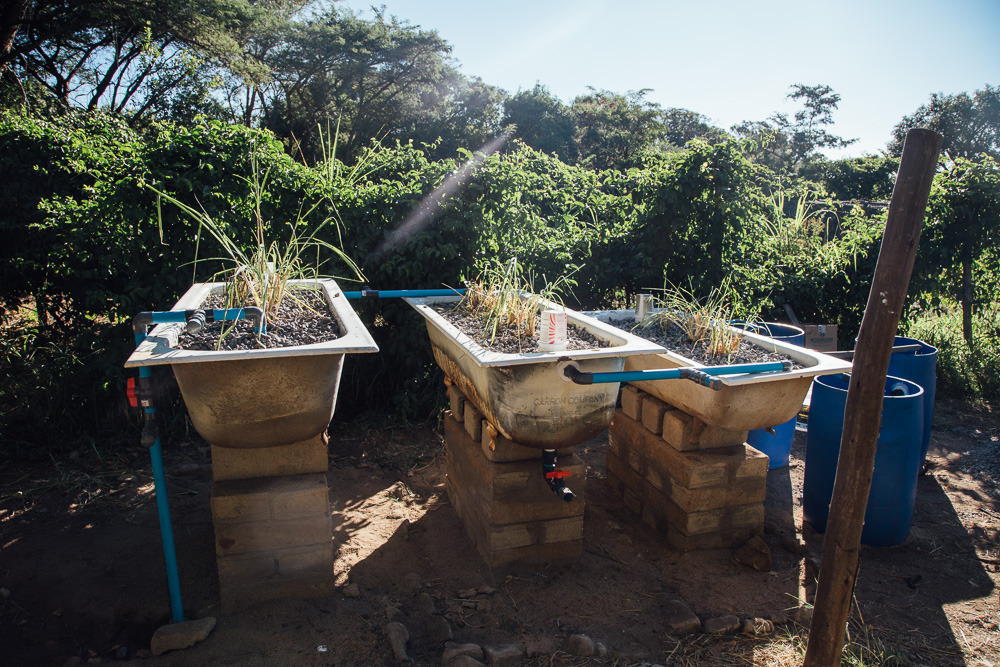Blog
A Living System coming to life
It was still dark outside when my alarm went off, but I was already awake. I got out of bed and walked to the garage; I wasn’t surprised to see that my dad was already there. “Good morning Christopher”, he said to me, and we both smiled because today was our favorite day – today was lake day. Within 30 minutes the boat was hooked up and we were on our way to the water. The sun had yet to peak through the trees when we pulled up to the launch ramp. The lake stretched like sheets of glass to the horizon, as a layer of steam rose from the water into the crisp morning air.
Growing up in California, I’ve spent most of my life in either drought or flood. I grew up on the shoreline of Folsom Lake, and every year my family would watch the drama of the lake unfold. Most often, it is still hot when the lake shuts down due to lack of water. As the season changes, hills you never knew were there stand tall, and the waterline drops around them. By January, relics of an old Mormon settlement can be seen and the lake has returned to the banks of the river it used to be. But every year, as the winter yields to spring, the snowmelt arrives and the hills again disappear under bright blue water. Some years, the lake gets so full that the integrity of Folsom Dam is put into question, and some years there are power shortages because the water level has failed to reach the turbine gates. My whole life, it has been feast or famine on the lake, and because of that, saving and conserving water is something I find to be incredibly important.
When we arrived to the farm in January, I knew that a water recycling system was on the top of my list for potential projects to pursue. The first step was to inventory and assess what was available to me on the farm, and then talk to Chris and Norma about what they wanted to use the recycled water for. They told me that the water would go furthest in the garden, where they grow about 75% of their supplemental animal feed. The garden was a prime location for what is called a “Living System” (an artificial ecosystem built to filter graywater through a series of constructed marshlands) because it is down hill from the main compound and all the water from the sinks and showers can easily be directed to the garden by gravity.
Once we decided on the location of the new system, I was on the search for anything that could hold water. After several days of walking the farm, I had collected 3 cast iron bathtubs, and 1 large plastic tank (275 gallons), square in shape and set on a pallet. I was pleasantly surprised to find that there was already a pipe in the ground that carried untreated water from one shower and two sinks down to the garden. All I had to do now was to intercept the line and divert it to the location we had agreed to for the living system. I knew I wanted the graywater to flow into a central collection tank before it hit the filter, that way I could stop the flow (for future maintenance) but not waste the water that was being produced by the compound. After the collection tank was set, we were off to the races.
According to the plan I had floating around in my head the first 3 filters of the system would be made from the old bathtubs, followed by four 55-gallon plastic drums (2 for filtration and 2 for clean water). In order to keep the gravity flowing as water moved throughout the bathtubs and into the drums, I had to elevate each tub about 3 feet off the ground. This presented the first real hurdle of the project. One thing I’ve learned about rural Africa, is that nothing is easy or straightforward. You can’t just run down to Home Depot and buy everything you never thought you needed. On the farm you have to be savvy and work with what you have in order to accomplish what you want. I was going to need about 65 concrete bricks to elevate the tubs to an appropriate level. So in the spirit of Africa, we molded bricks ourselves. 65 bricks took 2 days to mix and mold, and then another 7 to fully harden and dry. In that time I laid the ground work for the system, by leveling the ground for each filter. When all the prep was done and the bricks were dry, I built 3 identical foundations, each with about 2.5 inches of fall. Then, I erected the tubs.
The first filter in the living system is filled with large stones at the bottom, and smaller gravel on top. The 2nd and 3rd have sand over a gravel base, and the 4th and 5th have the same as the ones before, in addition to a layer of charcoal (which we also made ourselves…more on that later) as a final filtration medium. The last barrels are for clean water.
The project isn’t quite done yet, but it has come a long way since January. When it is completed, the living system should be alive. It will have mature aquatic plants in the first 3 tubs, these help with filtering out soaps and other smelly things; as well as a healthy population of algae and microbes. Though we are only using the finished water in the garden, it should be close to drinkable. But what gets me most excited about this project is that the community is getting excited about it. They can see how the system works and how it could impact their lives in a real and affordable way. The technology is simple and requires no power – so it’s viable to them. As we get things finished up and the system continues to mature, Kate and I will keep you updated on how everything is coming along. We can all do more to save water, wherever we are in the world. You don’t need a fancy system or complex technology; often, it’s the simple things that make the biggest difference. Take shorter showers, harvest your rainwater, wash the dishes in tubs so that you can use the water after the plates are clean. Many plants can even be irrigated with non-treated graywater, so plan your landscape accordingly.
This is what we’re doing with our water. We hope it inspires you to do more with yours.
P.S. Thanks to Kevin, Arlen and Brandon for inspiring me. You’re all wonderful friends and incredible people.
